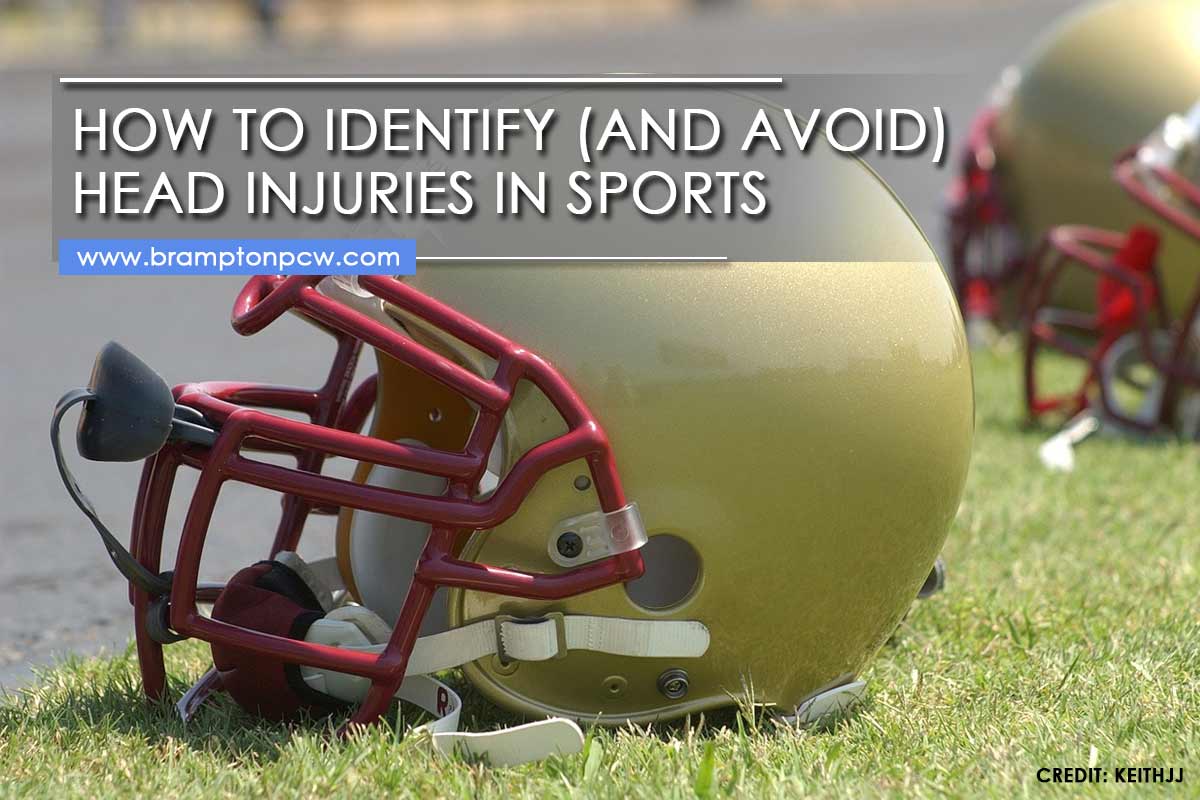Over half of all head injuries in Canada are caused by playing sports. Although football is the leading cause of head injuries in the States, in Canada, it’s rugby, hockey, and ringette. 27 to 44 percent of all Canadian head injuries come from these sports. These injuries are often concussions, other traumatic brain injuries, or muscle strains and sprains in the neck. Anyone who plays sports or who has athletic children need to understand the risks of playing these sports and how to stay safe. Keep reading to learn how to avoid head injury in sports.
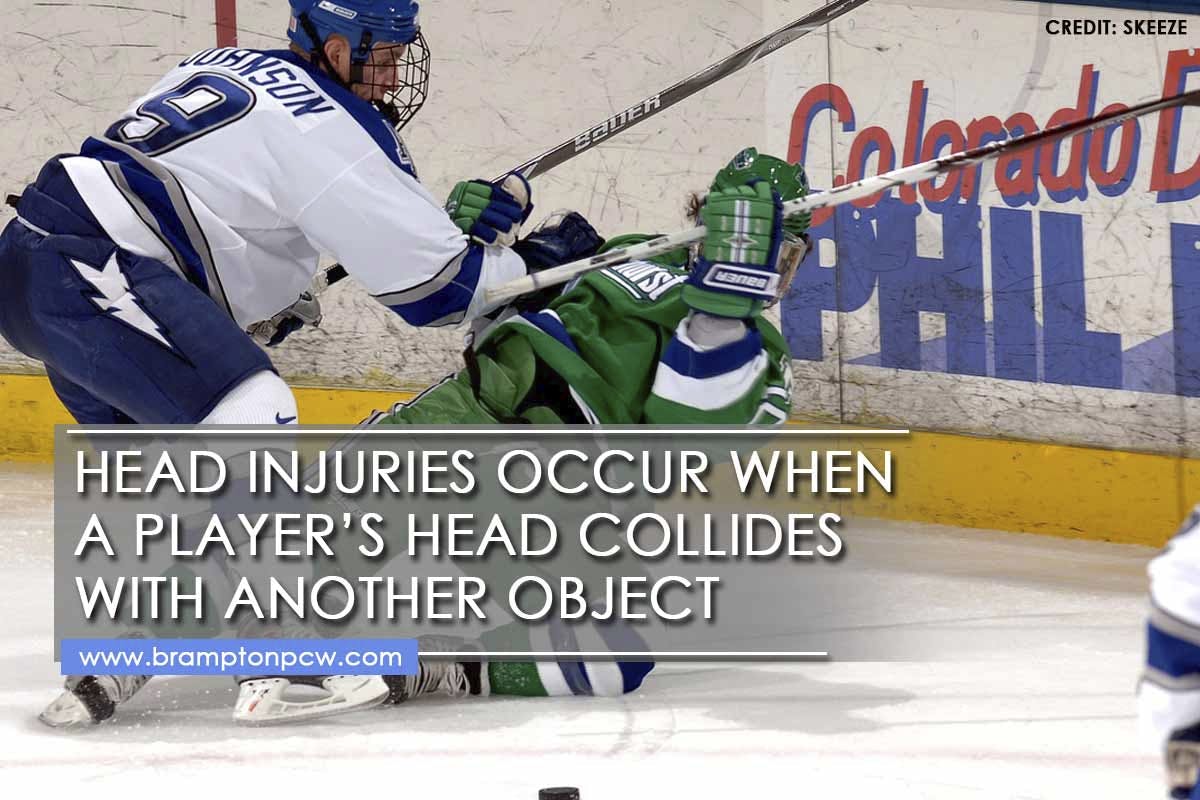
What Is A Head Injury?
Head injuries include any trauma to the brain, skull, scalp, and sometimes include the neck. Traumatic injuries refer to injuries that need medical assistance immediately. The symptoms are often immediate, and the risk of going into shock is high. In many sports, traumatic injuries are unfortunately quite common, especially in sports that involve body-to-body contact.
As mentioned above, the sports that most commonly cause traumatic head injuries are rugby, hockey, ringette, and football. Injuries occur when two players collide or tackle each other and the head is impacted or shaken. The player could be thrown on the ground resulting in their head slamming into the ground, or they could get struck by a piece of equipment, like a hockey puck or stick.
A concussion is the most common traumatic head injury in sports. It’s caused by a blow to the head that causes their brain to collide with the inside of their skull. The rapid movement of the brain against the skull causes damage to the brain’s cells, as well as bruising and bleeding, and potential fractures to the skull.
Doesn’t Their Equipment Protect Them?
You might be thinking, don’t athletes wear protective gear to prevent these injuries? In most sports, yes, athletes wear protective gear. For many decades, no gear was worn in rugby due to a misunderstanding among players that the risk of injury in their sport was lower than in other contact sports. Most players were willing to accept that risk, and peer pressure was effective in keeping others from wearing protective gear to avoid stigmatization. Today, however, it’s more acceptable and common for rugby players to wear some level of protection. Most will wear a mouthguard and some wear headgear.
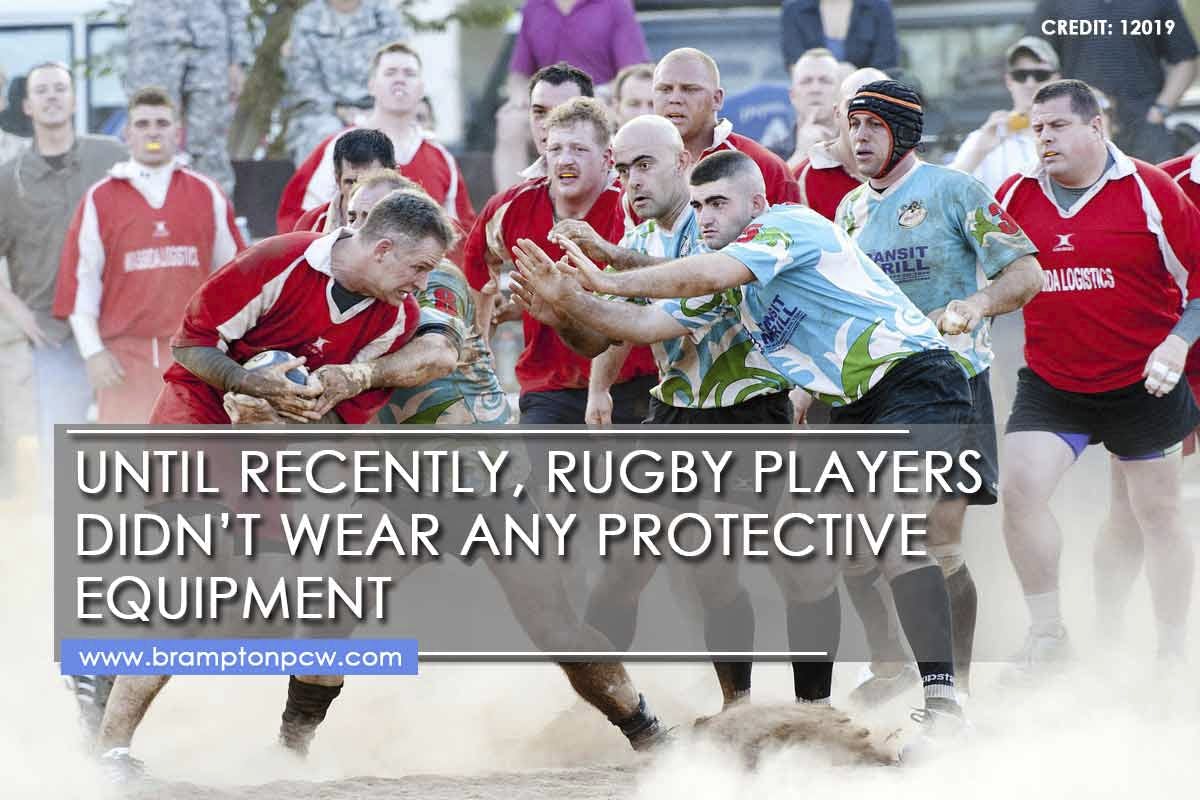
If you or your child is playing a contact sport, remember to get well-fitted protective gear. A loose helmet is useless for your child playing ice hockey. Helmets especially need to be fitted properly to the head and the strap secured. You can get universal mouthguards for sports, but it’s best to get one custom-fitted to your mouth.
Signs Of Head Trauma
The symptoms of a concussion are varied and may show up over time. Since the brain controls every function in the body, the whole body is at risk for problems due to a concussion.
Initial Symptoms
After the initial trauma, the player might experience:
- Nausea
- Dizziness
- Headache
Sometimes, the player will be so enthralled in the gameplay that they’ll ignore these symptoms. They might say they’re feeling fine despite noticing these initial symptoms. Authority figures need to remember that one of the brain areas that might be injured are the structures associated with decision-making; as a result, someone suffering from a traumatic brain injury may be physically incapable of correctly understanding their own well-being at the moment. It’s crucial for coaches and referees, especially in youth sports, to pull the player in for a proper check.
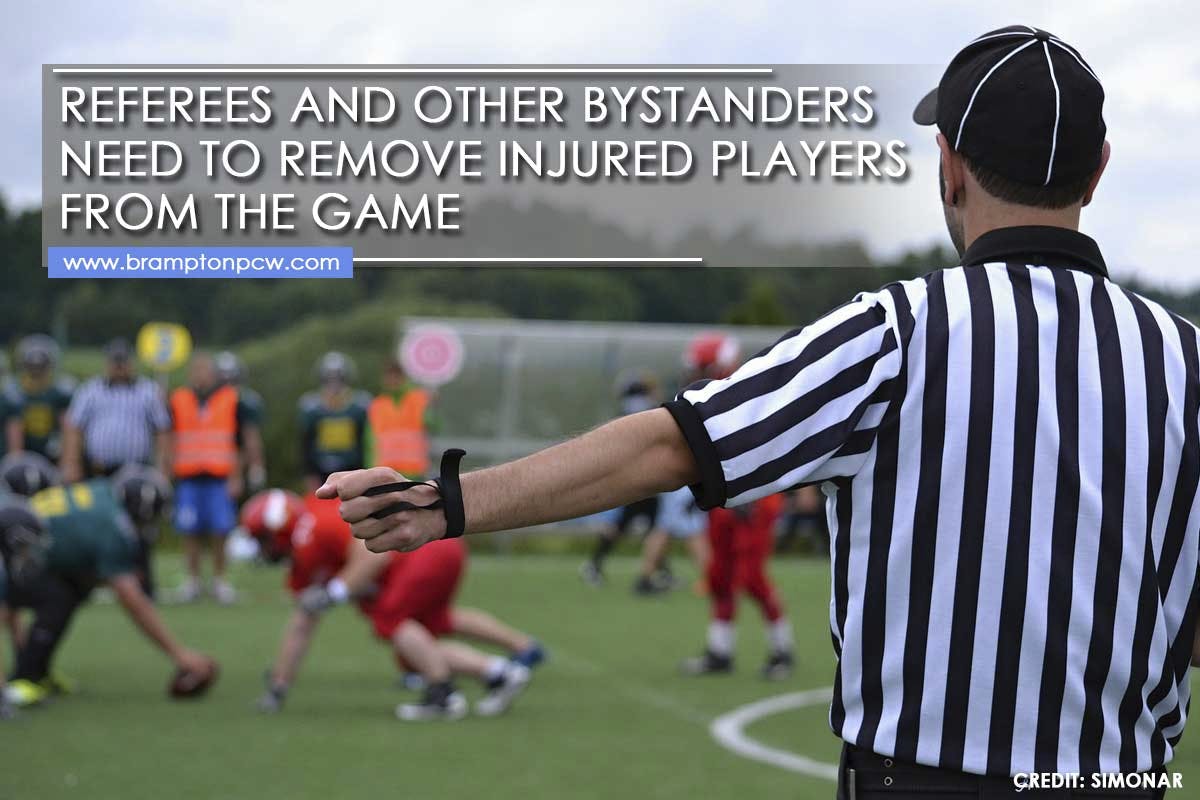
Later Symptoms
Later, other symptoms could start emerging. The player could feel immense fatigue and want to sleep constantly. Alternatively, they could experience insomnia and have severe difficulty falling asleep. Often, they’ll be very sensitive to noise and light. They might also notice that focusing is a struggle and be unable to pay attention when they’re being spoken to. Multitasking can feel nearly impossible and critical thinking is unlikely.
One of the most alarming and disorienting symptoms is memory loss. The player may have difficulty with short term or long term memory recall.
Longer-Term Problems
Sufferers of traumatic brain injuries may start to show signs of mental illnesses or have existing issues change or get worse. An injury could trigger the onset of depression, anxiety, OCD, and panic attacks. These symptoms could continue for the duration of the injury’s healing time and sometimes longer.
The severity and location of the injury determine the level of symptoms the player experiences. If any of these signs occur after trauma during sports, seek medical guidance immediately. Even if they show up days or weeks after the trauma, they could be delayed symptoms of a concussion or other traumatic brain injury.
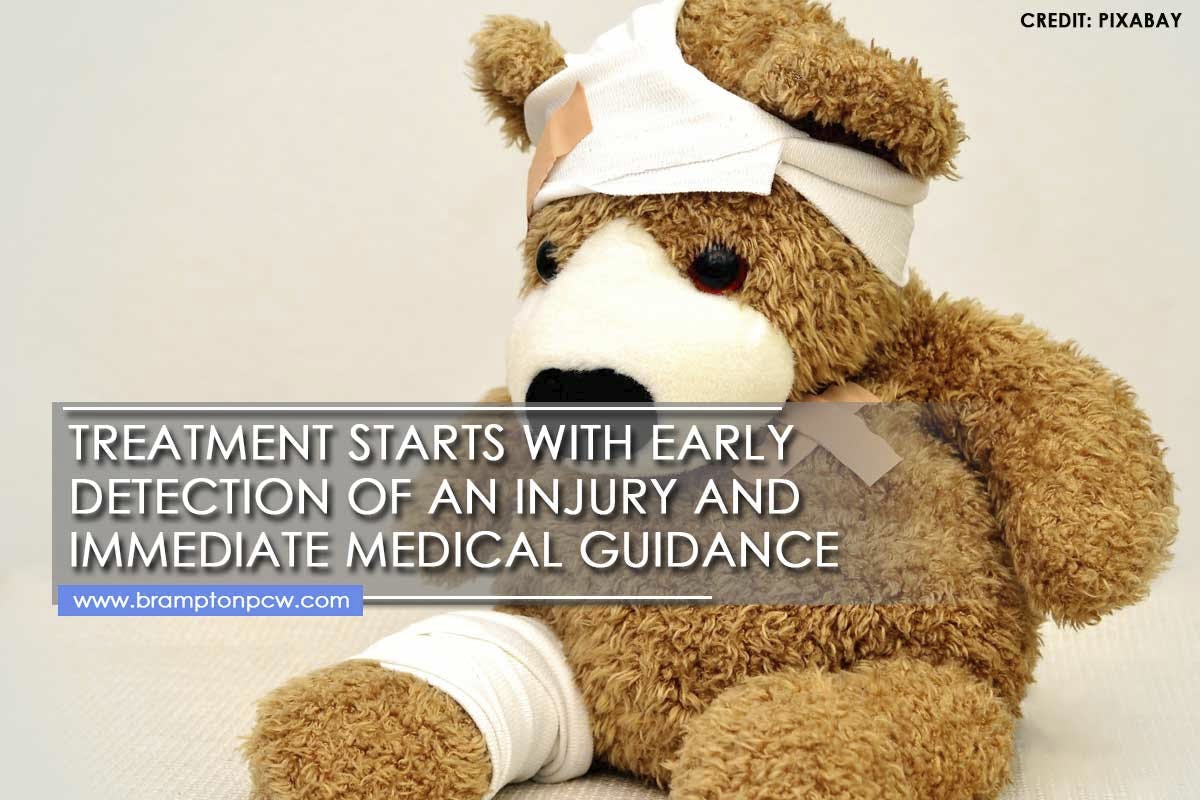
Treatment For Head Trauma
If you, your child, or a fellow player gets injured during a game or practice, medical guidance is needed as soon as possible. Concussions and other traumatic brain injuries can develop into permanent and long term disabilities and injuries. The first thing the injured person needs to do is sit down and stop playing. The coach should pull them to the side and call for a doctor. If the injury happened during recreational sports or another activity, someone might need to bring them to their doctor or the emergency room. While it could turn out that they’re injury-free, it’s not worth the risk to skip getting checked out.
At the hospital, the doctor may want to keep them overnight to run some tests. They’ll likely do an x-ray of the skull as well as an MRI or CT scan. The doctor will decide which medications are allowed and prescribe them. You should never take aspirin if you have a concussion or other brain injury. The injured person may be sent home under supervision. As their parent or friend, you’ll likely be asked to monitor them. That means waking them up every few hours to ask them basic questions about who they are and where they are. They will need plenty of rest and relaxation for their head to heal. Often, students with concussions are removed from school for at least the first few days to allow the brain to rest.
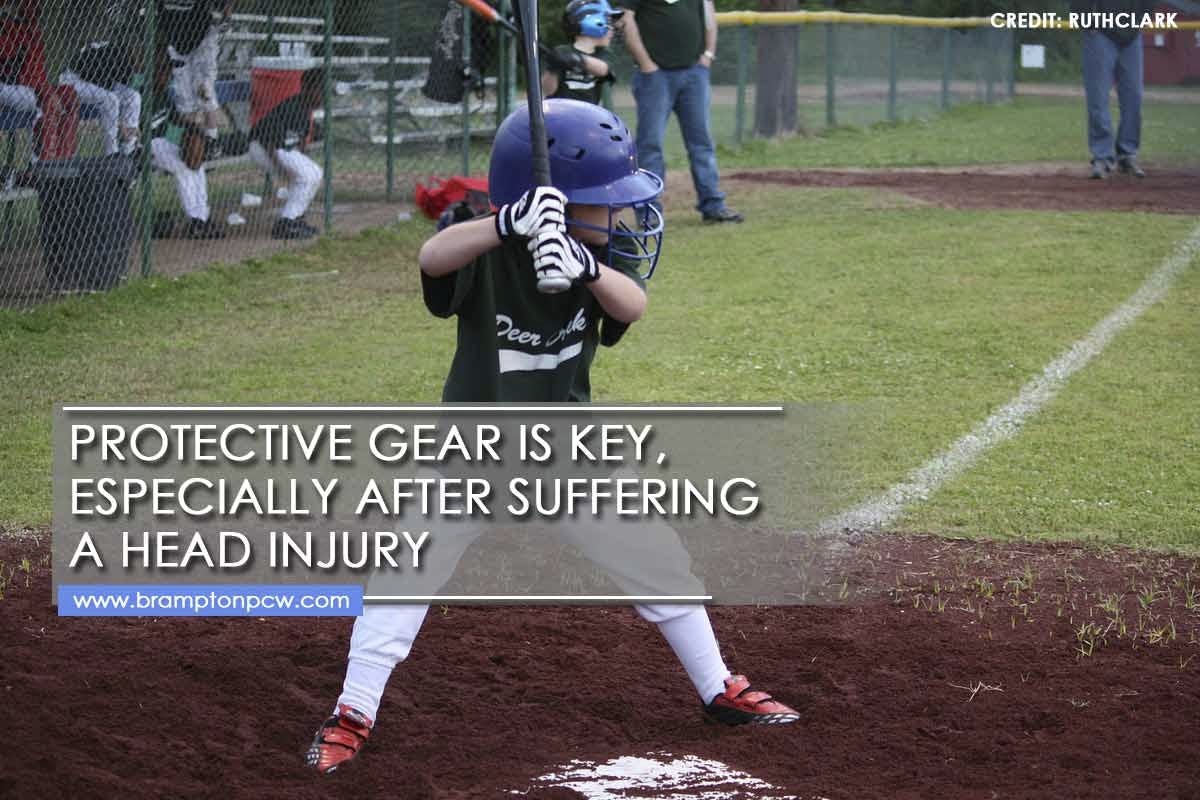
Recovery
It’s up to your doctor to decide how long you must wait before playing sports again. If you undergo a serious brain injury, it could be months or years before you completely recover — or, in some cases, you may never fully return to your preconcussive state. They’ll also likely recommend you seek treatment such as physiotherapy or rehabilitation. Therapy will help reduce symptoms and allow healing to happen faster.
The best thing for someone who has suffered a traumatic brain injury is to seek medical guidance, rest, and protect themselves better in the future.
Brampton Physiocare & Wellness Clinic has been providing leading-edge sports therapy services in Brampton for many years. Our expert team of therapists treat all types of sports injuries as well as multiple approaches to physiotherapy.
To book your first appointment, send us a message or call us today: (905) 497-1311.

